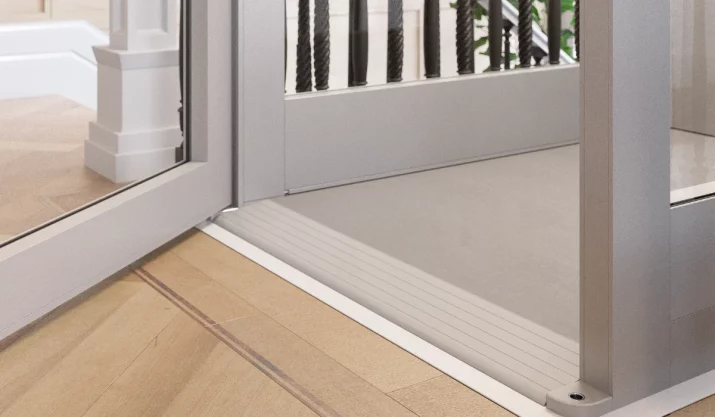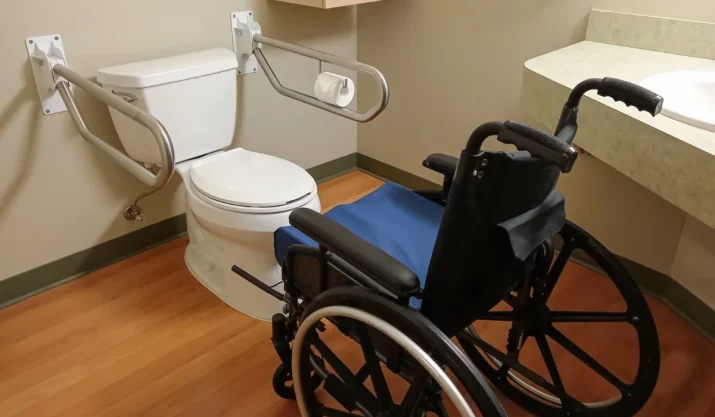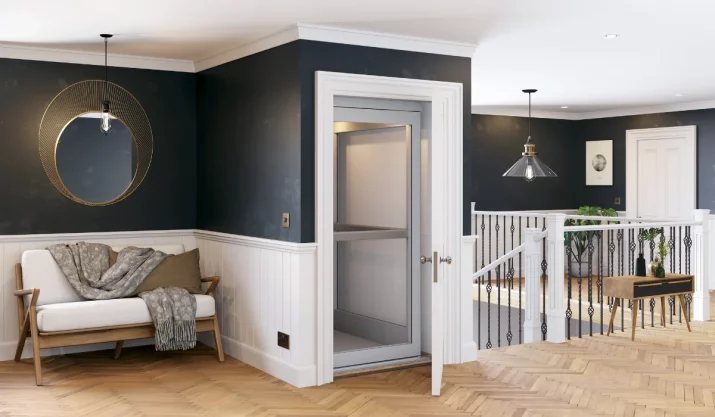Comparing Residential Lift Types for Two-Story Homes
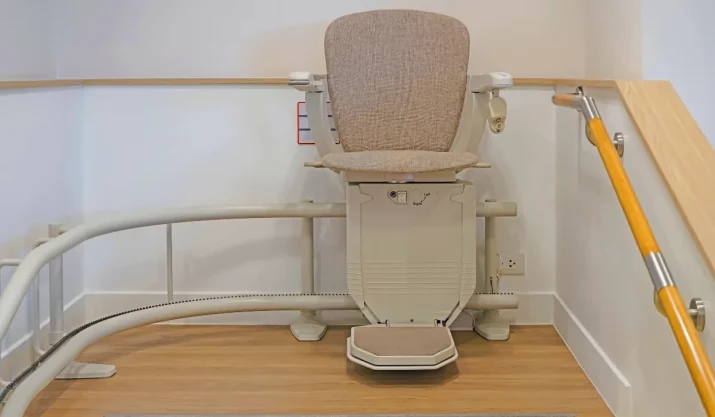
Table of Contents
When you’re facing mobility issues in a two-story home, every staircase can feel like a challenge. The good news? You don’t have to move. You need the right residential lift that can restore independence and confidence.
But with so many elevator models and lift options on the market, how do you know what fits your home, budget, and lifestyle? In this guide, we’ll compare the top types of residential elevators and lifts used in California homes.
Key Takeaways
- Residential lifts can help California homeowners maintain their independence and safety when living in a two-story home.
- Different lift types are best suited for your space, budget, and whether wheelchair access is required.
- A side-by-side table makes it easy to compare elevator types based on cost, features, and installation needs.
- California Mobility helps you choose and install the right lift for your home, lifestyle, and plans.
Best Residential Lifts for California Homes: Key Differences
This chart breaks down each type of residential lift, allowing you to quickly match your needs with the best elevator system for your two-story home.
| Lift Types | Ideal User | Hoistway Required | Wheelchair Accessible | Space Required | Unique Benefits |
|---|---|---|---|---|---|
| Stair Lift | Limited mobility, non-wheelchair | No | No | Minimal (on the staircase) | Affordable retrofit; space-saving design |
| Traditional Elevator | Full mobility support | Yes | Yes | High (shaft + room) | High capacity; smooth ride |
| Shaftless Elevator | Low-impact installations | No | Some models | Medium (2-floor cutout) | Sleek look; no machine room |
| Platform Lift | Wheelchair users | No | Yes | Medium to large | Indoor/outdoor flexibility |
| Vacuum Elevator | Modern, space-saving needs | No | Some models | Small footprint | Energy efficient; eye-catching design |
Stair Lifts: The Simplest Retrofit for Indoor Stairs
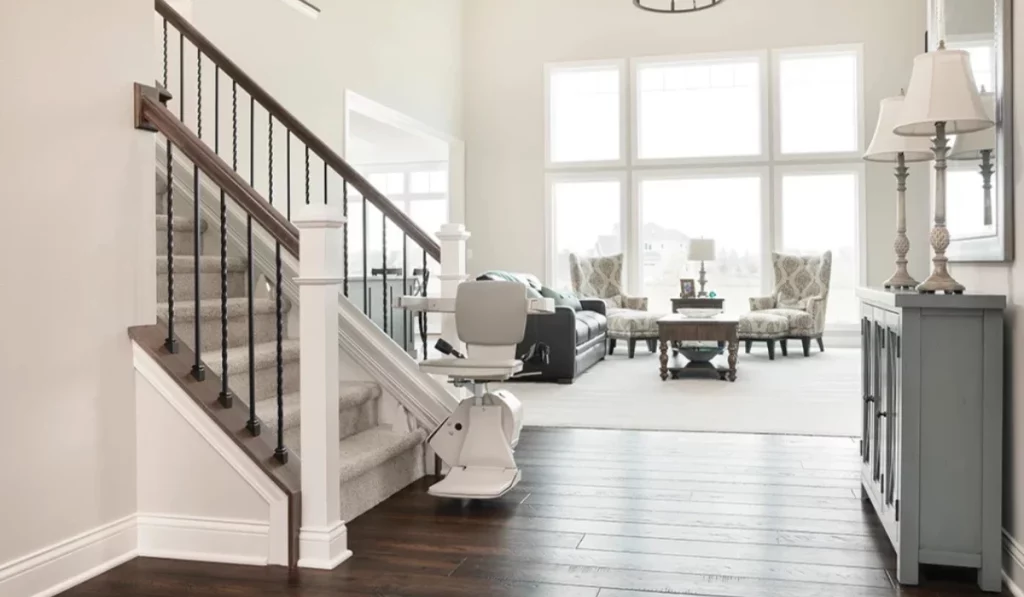
A stair lift is often the most cost-effective and space-saving choice, especially in an existing home with limited available space. This type of elevator system travels along the staircase itself, making it ideal for people who can transfer from a seated position but struggle with steps.
For California homes in older neighborhoods, such as Long Beach or San Mateo, where remodeling space is limited, indoor stair lifts can be a bright retrofit. Straight stair lifts are the most affordable, but even custom curved models tend to have lower installation costs compared to complete residential elevator systems.
Modern outdoor stair lifts come equipped with built-in safety features, including seatbelts, obstruction sensors, and backup batteries, in case of a power outage.
Traditional Home Elevators: A Full-Sized Residential Elevator Experience
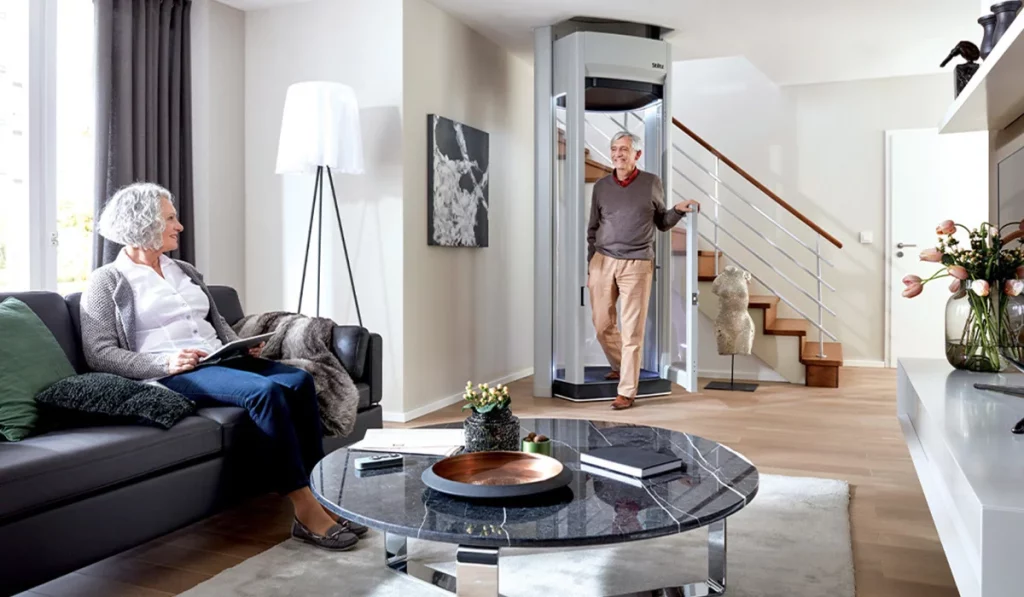
Traditional home elevators offer a smooth ride in a fully enclosed elevator cab, replicating the feel of commercial elevators but scaled for residential use. These are commonly installed as part of a larger remodel in a two-story home.
Most models require a hoistway and a machine room, which necessitates more planning and construction, especially in retrofit situations. Still, they offer high functionality and excellent ride quality.
Hydraulic elevators are one of the more popular drive systems here.
They’re known for reliability and quiet operation, although they tend to use more energy than cable-driven models. In earthquake-prone areas like Southern California, they also perform well under local building codes due to their low reliance on structural tension.
If you’re looking to boost your home value and want a classic elevator design with durable components, traditional residential elevators are a solid investment.
Shaftless Home Elevators: A Discreet and Modern Addition
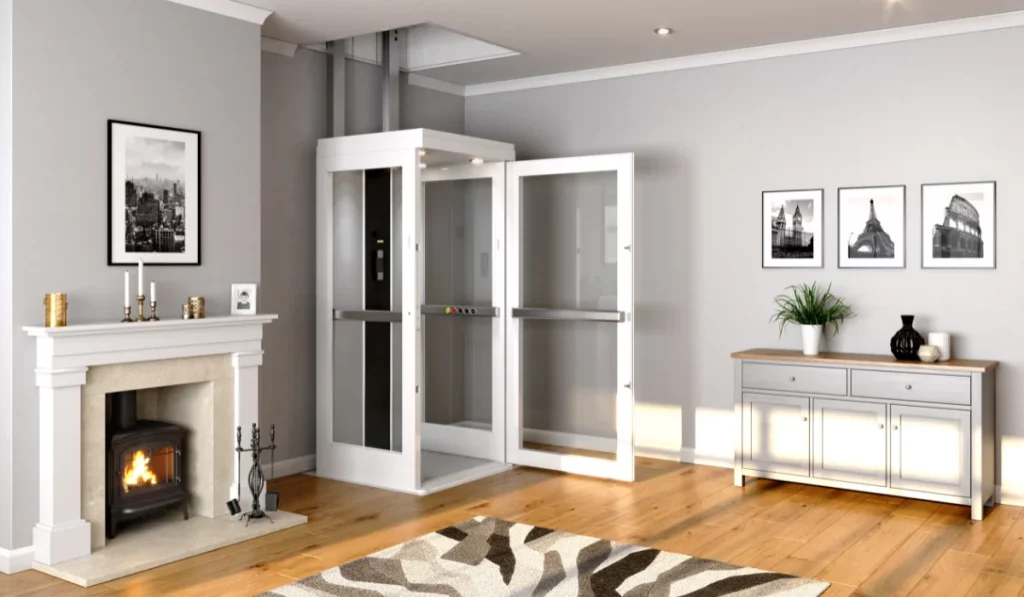
Shaftless home elevators are gaining popularity across California, particularly among homeowners seeking minimal disruption during installation. With no need for a full hoistway or separate machine room, these elevators can often be added between the first and second floors without requiring heavy structural changes.
Brands like Stiltz offer compact, shaftless elevator models that blend into your home’s living area, whether that’s a corner of the family room or a hallway off the kitchen. They are a good fit for those aging in place who want to plan.
Due to their small footprint and low visual impact, they are well-suited for design-conscious areas like Santa Barbara or Palo Alto.
Platform Lifts: Designed Specifically for Wheelchair Users
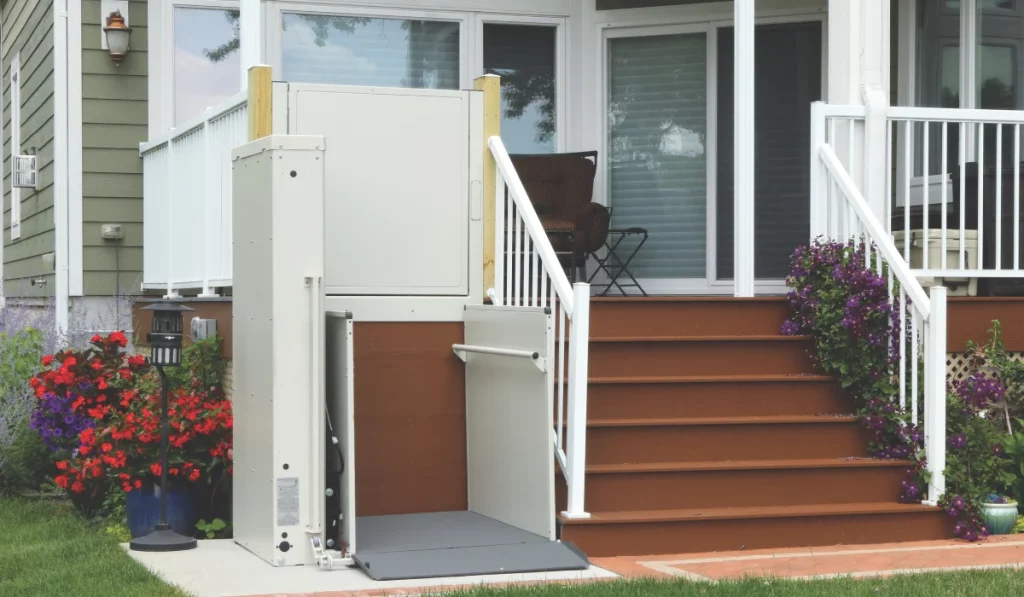
For residents who rely on wheelchairs or mobility scooters, a vertical platform lift provides direct, roll-on access. Unlike enclosed elevator cabs, they often have open sides and are best for shorter distances, such as between a garage and a main floor or between entry steps and the living room.
Manufacturers design them for durability and to be installed both indoors and outdoors. While not as elegant as other home elevator designs, they are highly functional and straightforward to use. They’re also usually more budget-friendly than full-size elevators.
Platform lifts are beneficial for existing homes with limited room for extensive retrofits. They offer a reliable solution for wheelchair lifts without the complexity of traditional elevator systems.
Pneumatic Vacuum Elevators: Energy-Efficient and Futuristic
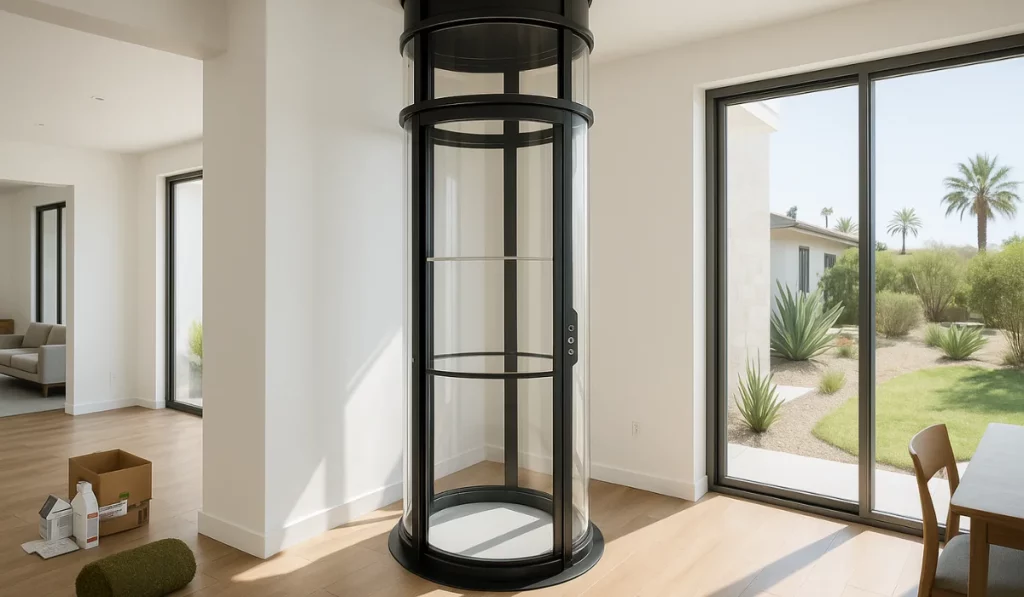
Vacuum elevators, also known as pneumatic elevators, use air pressure to move the cab up and down. Many models feature a transparent, self-supporting design, eliminating the need for a machine room, hoistway, or pit.
They’re energy-efficient, quiet, and well-suited for homes with modern design preferences. With a small footprint and minimal disruption to your structure, they are ideal for two-story homes in areas like San Diego or San Jose, where homeowners are mindful of both aesthetics and energy consumption.
While home elevator costs are typically higher than a stair lift or platform lift, their futuristic design and energy efficiency make them a compelling choice for high-end remodels or new home builds.
Find the Right Residential Lift for Your California Lifestyle
Your home should grow with you, not against you. Whether you’re making plans for long-term accessibility or need an immediate solution due to mobility changes, California Mobility can help.
We specialize in safe, cost-effective home elevator installations tailored for two-story homes across California. From compact home lifts in suburban dwellings to stylish vacuum elevators in custom remodels, our experts are ready to guide you through every step.
Not sure where to start? Please call us and request a consultation.
We’ll help you find the right lift that suits your space, style, and future.




